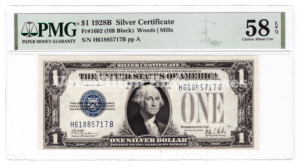Vermillion Enterprises: The Place To Buy & Sell Pre-1935 Currency!!
We buy and sell all Pre-1935 US Currency! Plus graded U.S. and Foreign Currency as well! In our opinion the most exciting part of Coins and Currency is the Currency!
Vermillion Enterprises boasts the largest currency inventory in all of Hernando County! Check out what we buy and sell below.
Currency We Buy & Sell
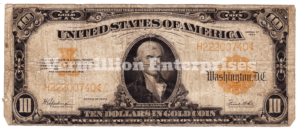
GOLD CERTIFICATES
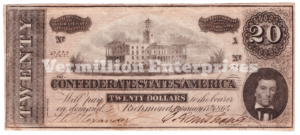
CONFEDERATE CURRENCY
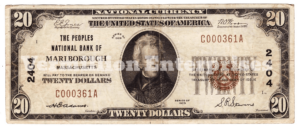
NATIONAL CURRENCY
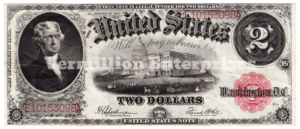
UNITED STATES NOTES
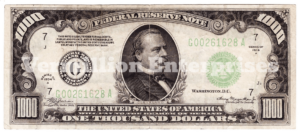
FEDERAL RESERVE NOTES
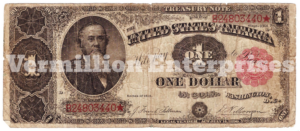
OBSOLETE BANK NOTES
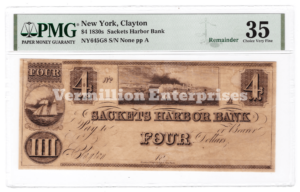
OBSOLETE BANK NOTES
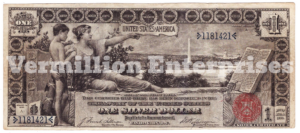
EDUCATIONAL NOTES
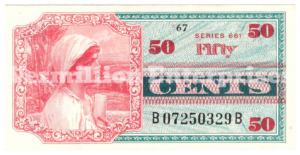
MILITARY SCRIPT
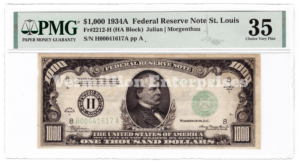
GRADED U.S. CURRENCY
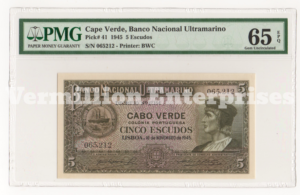
GRADED FOREIGN CURRENCY
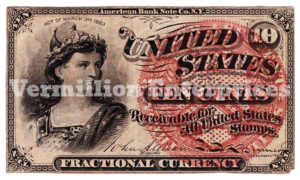
FRACTIONAL CURRENCY
BUY or SELL Pre-1935 Currency Here!
Historical Currency Notations:
-
1776 The First $2 Note
The first $2 notes are Continentals. Nine days older than America. On June 25, 1776, the Continental Congress authorized issuance of the $2 denominations. Offered as “bills of credit” for the defense of America. The design on theses $2 Continentals was the precursor to the reverse of all U.S. currency.
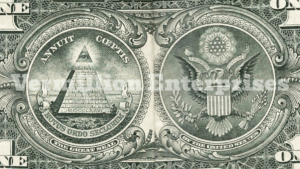
-
1861 Demand Notes
In order to finance the Civil War, Congress authorizes the U.S. Department of the Treasury to issue non-interest-bearing Demand Notes. These notes earn the nickname “greenbacks” because of their color. All U.S. currency issued since 1861 remains valid and redeemable at full face value. -
1862 The Foundation of Modern Design
It wasn’t long after that Demand Notes incorporated counterfeit deterrence. Including fine-line engraving and intricate geometric lathe work patterns. Additionally including a U.S. Department of the Treasury seal and engraved signatures. Even still, U.S. currency continues to add features to deter counterfeiting. -
1862 United States Notes
Congress authorized a new class of currency, known as “United States Notes”. Or “Legal Tender Notes”. These notes are characterized by a red seal and serial number. They continue to circulate until 1971. -
1863 A National Banking System
Congress establishes a national banking system and authorizes the U.S. Department of the Treasury to oversee the issuance of National Banknotes. This system sets Federal guidelines for chartering and regulating “national” banks. As well as, authorizes those banks to issue National Currency secured by the purchase of United States bonds. -
1869 Centralized Printing of United States Notes
The Bureau of Engraving and Printing begins engraving and printing the faces and seals of U.S. Banknotes. Before this, U.S. Banknotes were produced by private banknote companies. Then sent to the Bureau of Engraving and Printing for sealing, trimming, and cutting. -
1913 Federal Reserve Act
The Federal Reserve Act of 1913 established the Federal Reserve as the nation’s central bank. Providing a national banking system that was more responsive to the fluctuating financial needs of the country. The Federal Reserve Board also issued new currency called Federal Reserve notes. -
1929 Standardization of Design
The appearance of U.S. banknotes changed greatly in 1929. To lower manufacturing costs all Federal Reserve Notes were made about 30 percent smaller. Measuring 6.14 x 2.61 inches, rather than 7.375 x 3.125 inches. In addition, standardized designs were instituted for each denomination. Thus decreasing the number of designs in circulation. Plus making it easier for the public to distinguish between genuine and counterfeit notes.
If you live in or near Spring Hill FL, Lutz FL, New Port Richey FL, Hudson FL, Crystal River FL, Inverness FL, Brooksville FL or surrounding location. Stop in Vermillion Enterprises for a price on your Pre-1935 U.S. Currency today.
Be on the Lookout for upcoming Blogs related to Currency such as:
- Star Notes
- Graded versus Ungraded
- $5,000 Revolutionary War Bills
- The prized $100,000
- And many more!
Currency – Did You Know?
- The Constitution only authorized the federal government to issue coins, not paper money.
- Prior to the Civil War, banks printed paper money.
- Foreign coins were once acceptable legal tender in the United States.
- The highest-denomination note ever printed was worth $100,000.
- You won’t find a president on the highest-denomination bill ever issued to the public.
- Two American presidents appeared on Confederate dollars.
- Your house may literally have been built with old money.
- The $10 bill has the shortest lifespan of any denomination.
Stay Up To Date
Additionally, you can check us out on Facebook, Instagram, Pinterest, Twitter, and YouTube. Where you can find more insightful information and see our latest posts. Like us, Follow us, Subscribe to us… stay up to date with us! We look forward to bringing you highlights, knowledge, and hopefully a little fun and laughter along the way!


